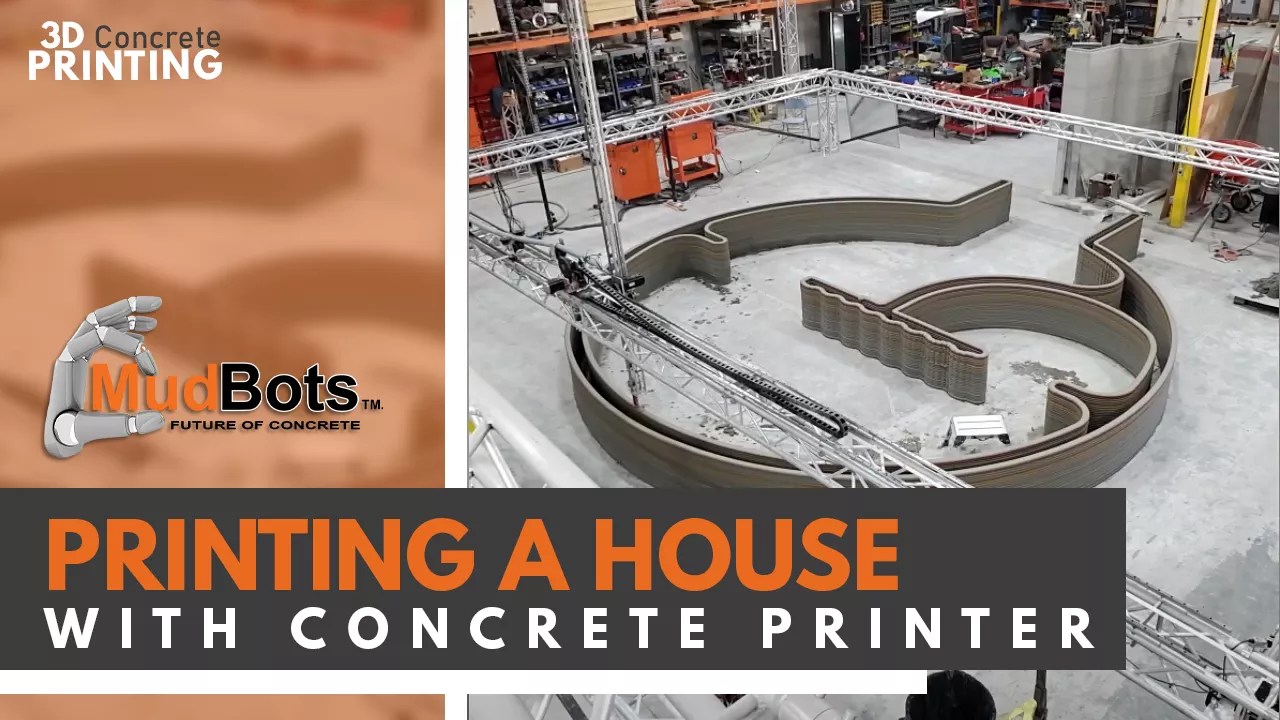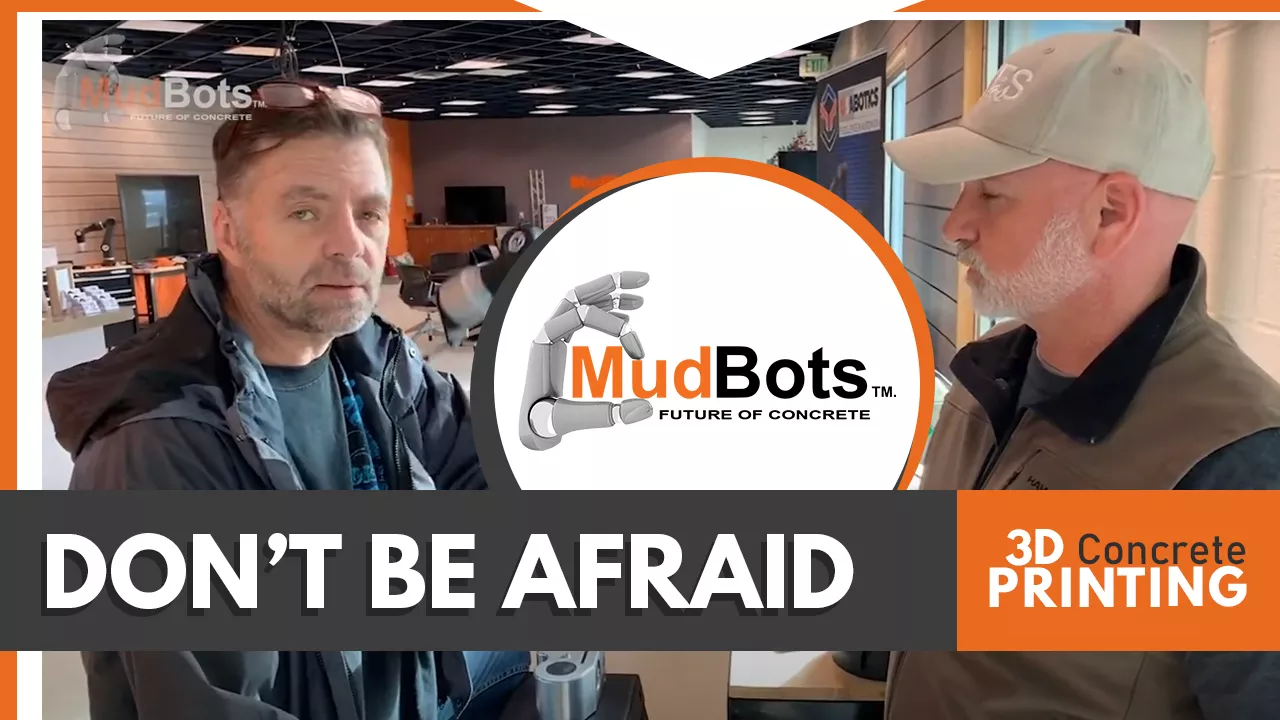Mudbots requires you to watch all of our videos before you can schedule an appointment.
Share
General
Passing Code and Analyzing Printing Costs
By Mudbots ● Nov 04, 2020 ● Duration: 00:20:50 ● 21
The two biggest questions we are getting nowadays are: does it pass code and how much does it really cost? In this video, we go over the topics of passing code and analyzing printing costs to eliminate any doubt that MudBots is the #1 solution in the affordable housing crisis.
Keywords
Terracon, strength test, testing, 28-day report, ICF, CMU, mortar branding, cost per cubic inch is $0.005 for 2400 psi, rebar, internal mortar support, code, labor cost, consistency, what do we look for?, 3dcpMore concrete printing videos


No comment yet. You need to be logged in to add one.